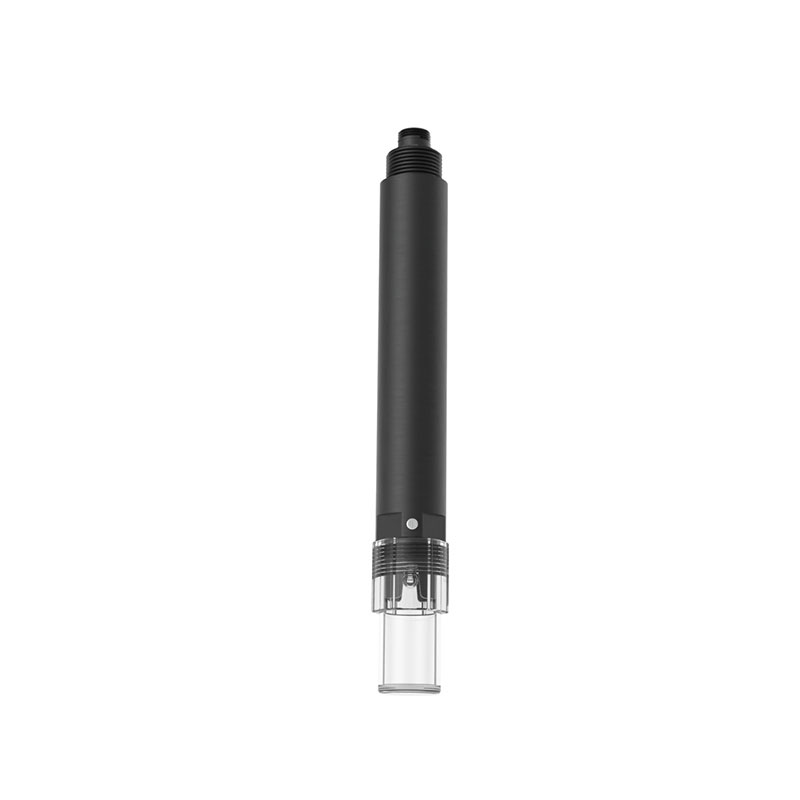Tianyi Sensor IOT Technology Co., Ltd
Sales Manager:Ms. Emily Wang
Cel,Whatsapp,Wechat:+86 15898932201
Email:info@fengtutec.com
Add:No. 155 Optoelectronic Industry Accelerator, Gaoxin District, Weifang, Shandong, China

Sales Manager:Ms. Emily Wang
Cel,Whatsapp,Wechat:+86 15898932201
Email:info@fengtutec.com
Add:No. 155 Optoelectronic Industry Accelerator, Gaoxin District, Weifang, Shandong, China

Model:FT-S3
Brand:tianyi
one.Water PH Sensor application environment description
Water PH Sensor is a device used to measure the pH value (hydrogen ion concentration index, pH) of a solution, used for pH testing of drinking water and other low ionic strength liquids.It is used for environmental water quality detection and various high/low ionic strength water sample testing, which can meet the requirements of most industrial/environmental applications for online pH measurement.
Signal output: RS485 (MODBUS-RTU), 4-20mA current output.
Low-impedance sensitive glass film, internal signal isolation technology, strong anti-interference.
Good reproducibility, thermal stability, low drift, small size, fast response speed
Easy to install, simple, 3/4NPT pipe thread, easy to install or install in sinking or stable performance in pipes and tanks, long service life
IP68 waterproof standard
two.Water PH Sensor Technical Parameters
| Measurement principle | Electrochemistry (salt bridge) |
| Signal method | RS485 (MODBUS-RTU) |
| Measurement range | 0~14.00 (PH) |
| Measure resolution | 0.01 |
| Measurement accuracy | ±0.1PH, ±0.1℃ |
| Response time | About 10s (98% flowing liquid) About 15s (98% stationary liquid) |
| Housing material | ABS |
| Temperature compensation | Automatic temperature compensation |
| Cable length | Standard 5 meters |
| Power supply voltage | 12-24VDC (0.4W@12V) |
| Measurement environment | Temperature 0~50℃ (no freezing), < 0.2MPa |
| Waterproof grade | IP68 |
| Installation method | Immersive mounting, NPT3/4 thread |
three.Water PH Sensor Installation and Electrical Connection
1.Installation
Note: The sensor cannot be installed inverted or horizontally when installed, and should be installed at least 15 degrees above the angle of inclination.
2.Electrical connection
The cable is a 5-core shielded wire, and the line sequence is defined:
Brown - Power cord (12~24VDC) Black - Ground cord (GND)
Green-485B Yellow-485A
Before powering on, carefully check the wiring sequence to avoid unnecessary losses caused by wiring errors.
Four.Water PH Sensor Maintenance and Maintenance
When used for the first time or not after a long time, the sensitive bulb and reference fluid should be immersed in 3.3 mol/L KCI solution for more than 2 hours.
When using, wash and wipe dry with deionized water (or distilled water) to prevent impurities from being brought into the liquid to be tested.1/3 of the sensor should be inserted into the liquid to be tested.
The terminal part should be kept clean and dry.When the sensor is not in use, it should be cleaned.Insert the protective cover with 3.3mol/L KCI solution, or insert the sensor into a container with 3.3mol/L KCI solution.
Check whether the terminals are dry.If there are any stains, wipe them with anhydrous alcohol and continue to use them after drying.The sensor should avoid long-term soaking in deionized water, protein solutions, strong acid and alkali solutions, and acid fluoride solutions, and prevent contact with silicone grease.The sensor that has been used for a long time may become translucent or contain deposits.At this time, it can be washed with dilute hydrochloric acid and rinsed with water.
When the sensor has a long service life, it can be calibrated and corrected by matching the instrument.When the sensor is maintained and maintained by the above method, it means that the sensor has failed.Please replace the sensor.
What kinds of Wind Speed Sensors are there on the market and how should consumers choose?There are a wide variety of Wind Speed Sensors available in the market. However, according to the detection principles, they can be classified into mechanical sensors, ultrasonic sensors, thermal sensors, Pitot...
Dust pollution refers to an open-air pollution phenomenon where ground dust is blown into the atmosphere by wind, human activities, or other factors. In ambient air, it is a component of total suspended particles (TSP) and poses a severe threat to atmospheric environmental quality. There are various...
After long-term use, photovoltaic modules are prone to various defects. Issues such as microcracks and degradation can seriously affect power generation efficiency and the lifespan of the system. This is where the EL detector, a photovoltaic operation and maintenance device, comes into play. It is a...
The Handheld Weather Station FT - SQ6+ takes "full - element monitoring + precise positioning + intelligent interconnection" as its core. It gives consideration to portability and professional performance. It not only meets the needs of mobile scenarios such as outdoor operations and emerg...